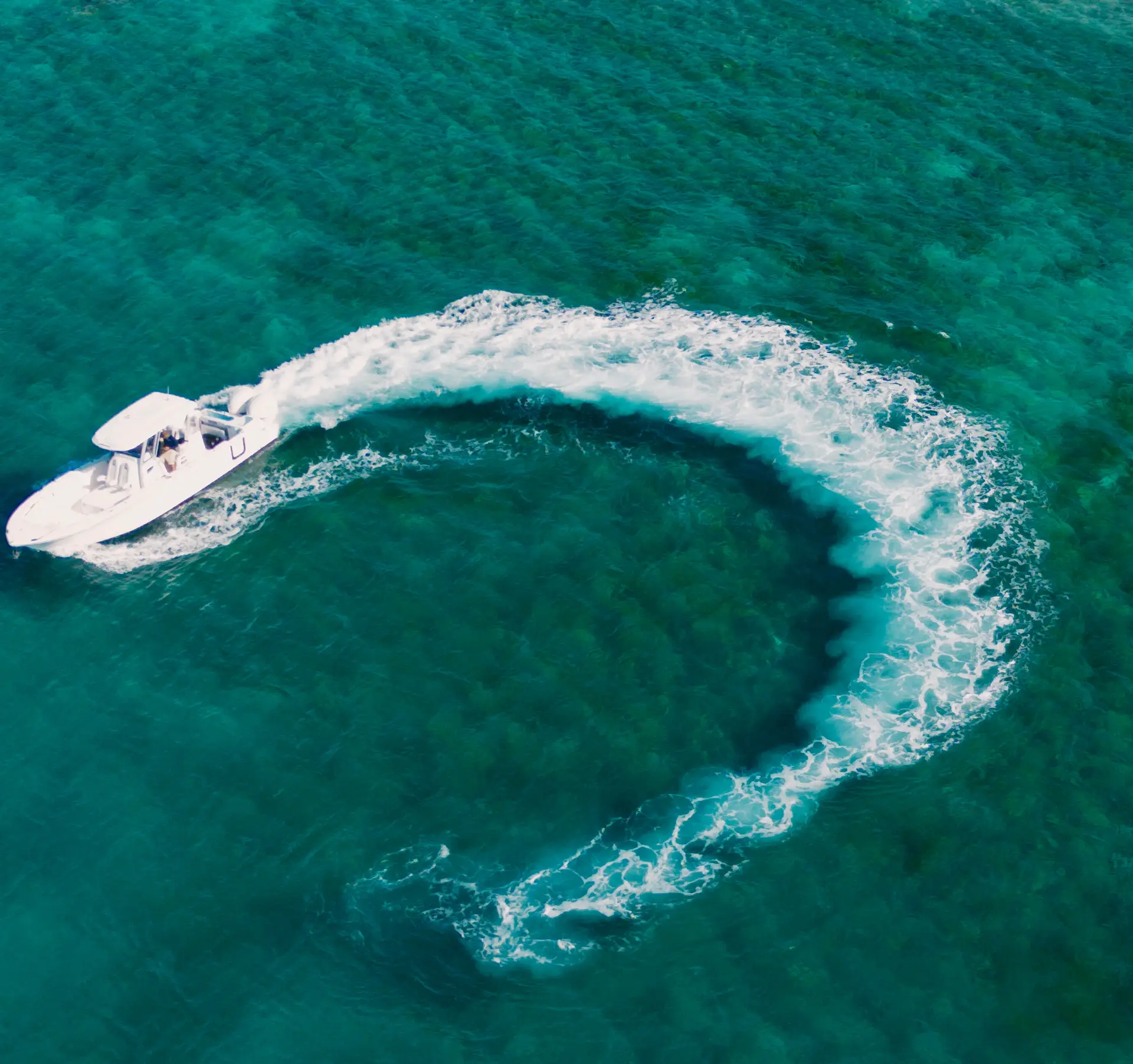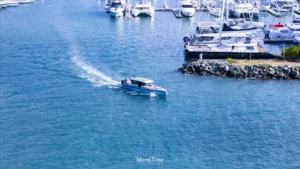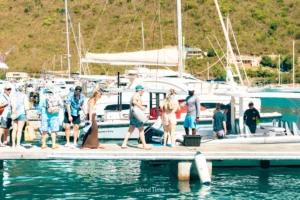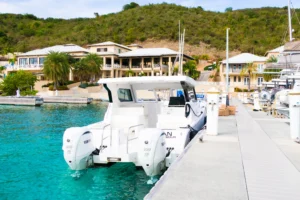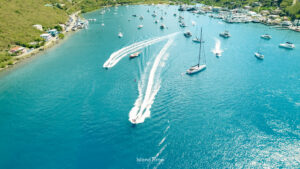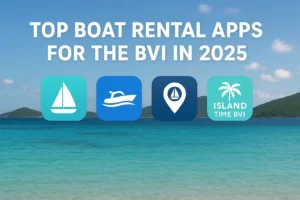With its rich history and striking natural beauty, Salt Island in the British Virgin Islands offers a unique experience in the Caribbean. You can explore the notorious RMS Rhone shipwreck, a site that draws divers worldwide but is also known for its treacherous conditions, characterized by strong currents. Despite its small size, the island offers stunning views and a glimpse into its rich salt mining heritage. When you visit, you’ll appreciate the island’s tranquil atmosphere and discover its significance in maritime history. Your journey to Salt Island promises both adventure and a fascinating lesson in the region’s past.
The Geological Origins of Salt Island
A complex history of volcanic activity and sedimentation shapes Salt Island’s distinct geological character. Its rugged cliffs and salt ponds have been shaped over millions of years, making it a fascinating example of island formation in the British Virgin Islands. You can observe how the island’s geology not only supports unique ecosystems but also influences its historical role in salt production.
The Formation of Unique Landmass
The island’s landmass primarily formed from ancient volcanic activity coupled with the deposition of coral reefs. Layers of hardened lava created the base, while subsequent sediment accumulation and erosion sculpted its uneven terrain. This combination resulted in Salt Island’s characteristic jagged coastline and numerous salt ponds, which you’ll notice contrasts sharply with the smoother shores of neighboring islands.
The Role of Tectonic Activity
Tectonic plate movements have profoundly influenced the emergence and ongoing structural changes of Salt Island. The island sits near the boundary of the Caribbean and North American plates, where shifting forces generate earthquakes and uplift that continuously reshape the terrain.
Frequent seismic activity in this region contributes to both land elevation and occasional subsidence, which affects the sizes of salt ponds and coastal formations. For example, historical data indicate that several moderate earthquakes over the last century have altered the island’s shoreline, directly impacting local salt harvesting areas and the natural habitats that depend on these fragile ecosystems.
Salt Island’s Economic Significance
You’ll find that Salt Island’s economy is deeply intertwined with its salt pans, a legacy stretching back centuries. This resource once made the island a vital hub for salt extraction, supporting local trade and providing necessary revenue for the British Virgin Islands. Even today, the island’s economic activities revolve around sustainable harvesting methods and tourism, making Salt Island a symbol of both heritage and responsible industry.
Overview of Salinas and Historical Production
The naturally occurring salinas of Salt Island have been expertly harvested since the 17th century, yielding high-quality sea salt. Historically, these shallow pans captured seawater, which evaporated under the tropical sun, leaving behind crystalline salt. At its peak, the island supplied a substantial portion of the Caribbean’s salt, supporting both fishermen and merchants. You’ll appreciate how these salt pans not only shaped the local industry but also influenced trade routes throughout the region.
Modern Industry and Sustainable Practices
Today, Salt Island strikes a balance between salt production and ecological stewardship, employing eco-friendly techniques such as manual raking and minimal chemical use. Renewable energy powers harvesting equipment, while salt yields are carefully monitored to avoid over-extraction. This sustainable model aligns the island’s traditional economic value with conservation efforts, encouraging you to support a practice that respects both nature and heritage.
Beyond traditional methods, Salt Island’s modern salt industry incorporates innovative water management to maintain the health of coastal ecosystems. For instance, the use of solar-powered evaporation systems significantly reduces the carbon footprint compared to fossil fuel alternatives. Local cooperatives have also implemented educational programs, teaching visitors and residents alike about the importance of protecting the fragile marine environment while supporting community livelihoods. By engaging with these initiatives, you contribute to preserving Salt Island’s economic vitality in harmony with its environmental integrity.
Biodiversity and Ecosystems: A Natural Treasure
Salt Island presents an extraordinary mosaic of habitats where dry forests, mangroves, and coral reefs create a vibrant ecosystem that thrives amidst the Caribbean’s turquoise waters. As you explore using a boat rental or water taxi service through its rugged terrain and shimmering shores, you’ll discover how this island serves as a sanctuary for countless species. The interconnected marine and terrestrial ecosystems support a rich web of life, underscoring the island’s vital ecological role in the British Virgin Islands.
Endemic Species and Marine Life
The island’s waters teem with vibrant coral reefs housing over 200 species of fish, alongside rarer visitors such as the critically endangered hawksbill turtle. On land, you can spot the Salt Island iguana, an endemic species adapted uniquely to the island’s arid environment. Your dive or snorkeling adventure here unveils giant star corals and moray eels, while bird watchers might catch glimpses of the Virgin Islands tree boa. These species exemplify the island’s remarkable biodiversity.
Conservation Efforts and Ecological Challenges
Ongoing conservation projects focus on coral reef restoration and the eradication of invasive species to protect Salt Island’s fragile ecosystems. Volunteers and scientists collaborate to monitor turtle nesting sites and restore native plant populations. However, rising sea temperatures and increased tourism accelerate reef degradation and habitat disturbance, posing serious threats. Your awareness and responsible visitation play a key part in supporting these preservation initiatives.
Engagement with conservation programs often involves community education and controlled access to sensitive areas to prevent further ecological damage. Specific efforts include coral transplantation experiments and beach clean-ups aimed at reducing marine debris. Salt Island’s management plans also incorporate partnerships with local fishermen to develop sustainable practices, striking a balance between economic activity and ecosystem health. You can contribute by choosing eco-friendly excursions that align with these conservation goals, ensuring the island’s natural treasures endure for generations.
Cultural Heritage and Human Influence
The cultural fabric of Salt Island weaves together centuries of human interaction, reflecting each wave of influence through artifacts, traditions, and landmarks. Salt harvesting significantly shaped the economy in the 18th and 19th centuries, while shipwrecks, such as the RMS Rhone, have left a lasting mark on the island’s narrative and tourism appeal. Exploring these layers reveals how human resilience and adaptation played significant roles in shaping the island’s identity.
Early Inhabitants and Their Legacy
Archaeological evidence suggests that the Arawak and, later, the Carib people were the earliest settlers who capitalized on the island’s natural resources. They established rudimentary methods for collecting salt and adapted their fishing techniques to the island’s reefs. Their legacy endures in local storytelling and the region’s ecological knowledge, reinforcing a legacy beyond physical remnants.
The Evolution of Local Communities
Throughout the centuries, communities on Salt Island evolved from indigenous groups to colonial settlers and modern inhabitants, each wave contributing to social customs and economic practices. Notably, the rise of salt extraction by European settlers transformed livelihoods and shaped community structures, laying the groundwork for contemporary society.
By the late 19th century, your experience of Salt Island would have been deeply influenced by its role in the salt trade, which brought both wealth and hardship. The collapse of this industry following global shifts in salt production led to demographic changes and a transition towards fishing and tourism as key economic activities. Today, local customs, festivals, and maritime knowledge are directly rooted in this historical evolution, inviting you to appreciate a vibrant cultural mosaic shaped by centuries of adaptation and resilience.
Navigating Access: Travel and Tourism Highlights
Reaching Salt Island involves a short yet scenic boat charter from Tortola, the main island of the British Virgin Islands. Most visitors opt for small, locally operated water taxis that provide flexible schedules and stunning views en route. Since Salt Island lacks commercial infrastructure, it remains a quiet haven, perfect for day trips rather than overnight stays. The calm waters and inviting snorkel spots nearby enhance your travel experience, allowing you to soak in the island’s serene atmosphere before heading back to the bustling neighbors.
Must-See Landmarks and Attractions
Salt Island’s most iconic attraction is the wreck of the RMS Rhone day charter or dinner charter, a majestic shipwreck lying just offshore in crystal-clear waters. This site draws diving enthusiasts eager to explore the world’s best-preserved Caribbean shipwrecks. Ashore, you can roam the historic salt ponds that gave the island its name and enjoy panoramic views from the island’s highest ridge. The blend of maritime history and rugged beauty makes the island a unique spot for exploration and photography.
Practicalities of Visiting Salt Island
Packing provisions are necessary as Salt Island offers minimal facilities—no restaurants, accommodations, or shops. Sunscreen, water, and snacks should accompany you, along with snorkeling or diving gear if you plan to explore the wreck. Additionally, the currents can be unpredictable, so hiring a knowledgeable local guide or tour operator can enhance safety and enrich your understanding of the area. Expect limited emergency services, so a cautious, well-prepared approach will make your adventure both enjoyable and secure.
Given the island’s limited infrastructure, visitors should plan their visit carefully. Transportation hinges on booking advance boat rides, especially during peak tourist seasons. Not all tours include snorkeling equipment, so it is advisable to bring your own to avoid unexpected expenses or missing out on underwater exploration. Since the island preserves its natural environment, avoiding litter and respecting wildlife enhances the experience. Being mindful of tides and weather conditions is important, as changes can impact boat schedules and swimming safety. Your well-planned visit will allow you to fully appreciate Salt Island’s tranquil charm without any logistical hiccups.
Salt Island offers you a unique glimpse into the natural and historical beauty of the British Virgin Islands. Whether you’re in a boat charter exploring its serene salt ponds, entering into the surrounding waters, or discovering the tales of the RMS Rhone shipwreck, the island provides an enriching experience. Your visit here allows you to connect with a quieter, untouched corner of the Caribbean, making it a memorable addition to your travel itinerary. Embrace the island’s charm and let it enhance your appreciation for this captivating region.

